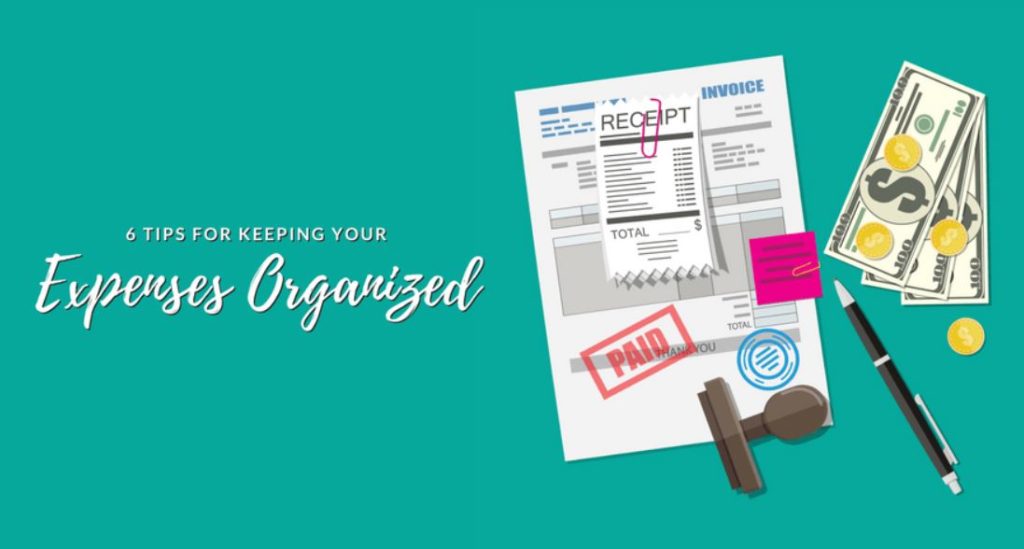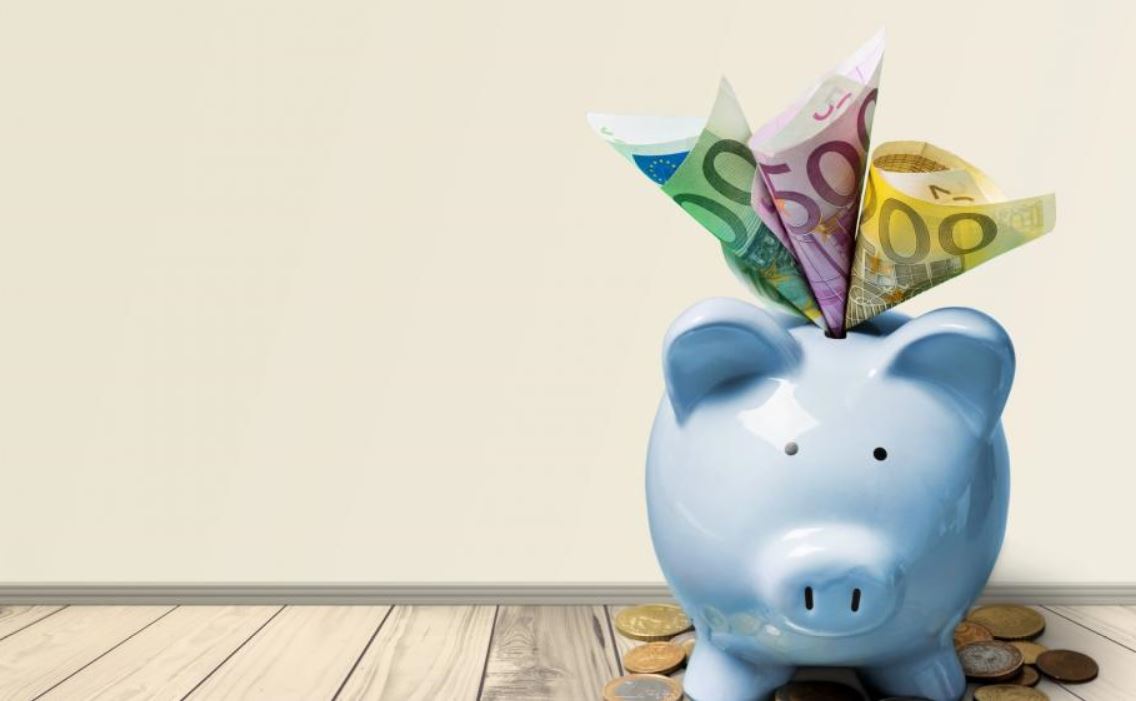Organizing your expenses

Before starting with the “How To Save Money” advices on possible everyday situations, there is one very important thing to do to start our journey towards saving and improving our Money Management, which is an in-depth analysis of our total assets.
Depending on the personal situation, everyone has income coming from different directions and by analyzing them we could all understand what is our financial situation.
So the first step towards what will be our success is to sit at a desk, take a pen and paper and analyze every source of income that is in our heritage. The list is important just not to forget anything, also because without a proper analysis of our economic situation we cannot know how much we are really going to set aside or save.
For example, the list should include these data:
- Bank account
- Postal account
- Savings bonds
- Shares and securities
- Prepaid cards
- Wallet
- Money scattered around the house
- Piggy bank
- Any valuables things you would like to sell
- PayPal account
- Other money
- Investments
Some people would think they do not have all this heritage available, but maybe there is something that is taken for granted and not taken into consideration; it is better to realize exactly what we have before throwing ourselves headlong into our mission, because otherwise we will not have a real situation of what our economic condition is.
After making this accurate list the situation should be clearer and you can proceed to the second step, that is the “Balance of your expenses“. Yes, because without an idea of the expenses that you actually deal with in everyday life, it is not clear how much money will be saved once the recommendations listed in the following pages are followed.
A useful and practical way to make an exact balance of the expenses could be to use an Excel table, filling rows and columns for the money spent and for the reason why we spent it. Or, if you are traditionalists, you can simply use pen and paper for the same organizational work. To make an exact balance of our expenses, it is useful to keep the receipts of all the purchases we make, for example in a month, and then bring them back to the table or list we are going to write. With the receipts of the last month or more months, we will take into account the actual costs incurred.
Now, once our economic situation is clear, both in terms of revenue and expenditure, we can set the “Savings target” and the when we want to achieve it. Having a goal and striving to achieve it stimulates our mind to work better and consistently so that, having a fixed point, we head towards it. There will certainly be moments of discouragement, moments in which we will think of not making it but it is a bit like if it were a job.
At office, our boss wants us to achieve goals, which will be useful for us to reach a promotion or for the company to improve. At the university we have exams to pass to reach the degree. This “Savings goal” should be the fuel for our will, that will allow us to reach the goal and save the money that we have set for ourselves at the beginning of our challenge, or to have saved money from our wallet, to use them in other more pleasant purposes.
Anyway, to do this, you have to develop a plan. A “Savings Plan” will be used to understand how to set aside, how much and when. We could also consider adopting new habits that will allow our pockets to be fuller, such as paying cash and not with a credit card, so that we can physically account for the expense we are facing and the money we are actually paying, taking it away from our heritage; or separating the different current accounts, for example one for expenses and one for savings, in order to better manage the money. Another idea could be to reflect on the purchases to be made. To avoid impulsive purchases we could reflect 24h on what to do, to actually think if that particular object is really necessary or not. These are some of the tricks that will allow us to achieve our goal and to balance the accounts.
Also in this case, drawing up a table could be an excellent idea.
Finally, before starting to put into practice the list of recommendations contained in this manual, it is better to prepare a final table for each expense on which we will actually save money, to be filled in every time we set something aside.
Now, after this brief introduction to money saving and situation our ideas on our heritage are clearer, we can go on reading and following the advice below for a better return on our work.




